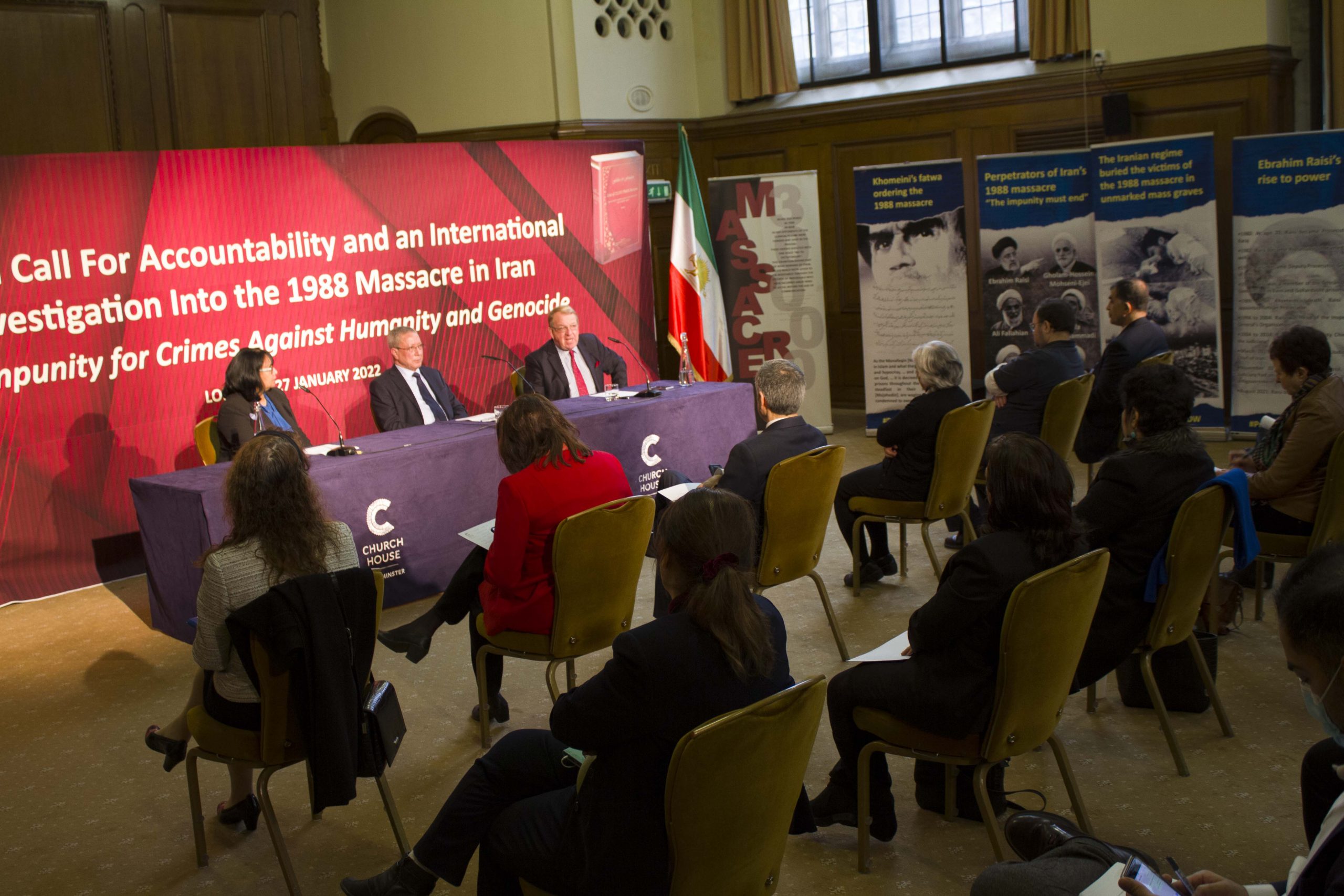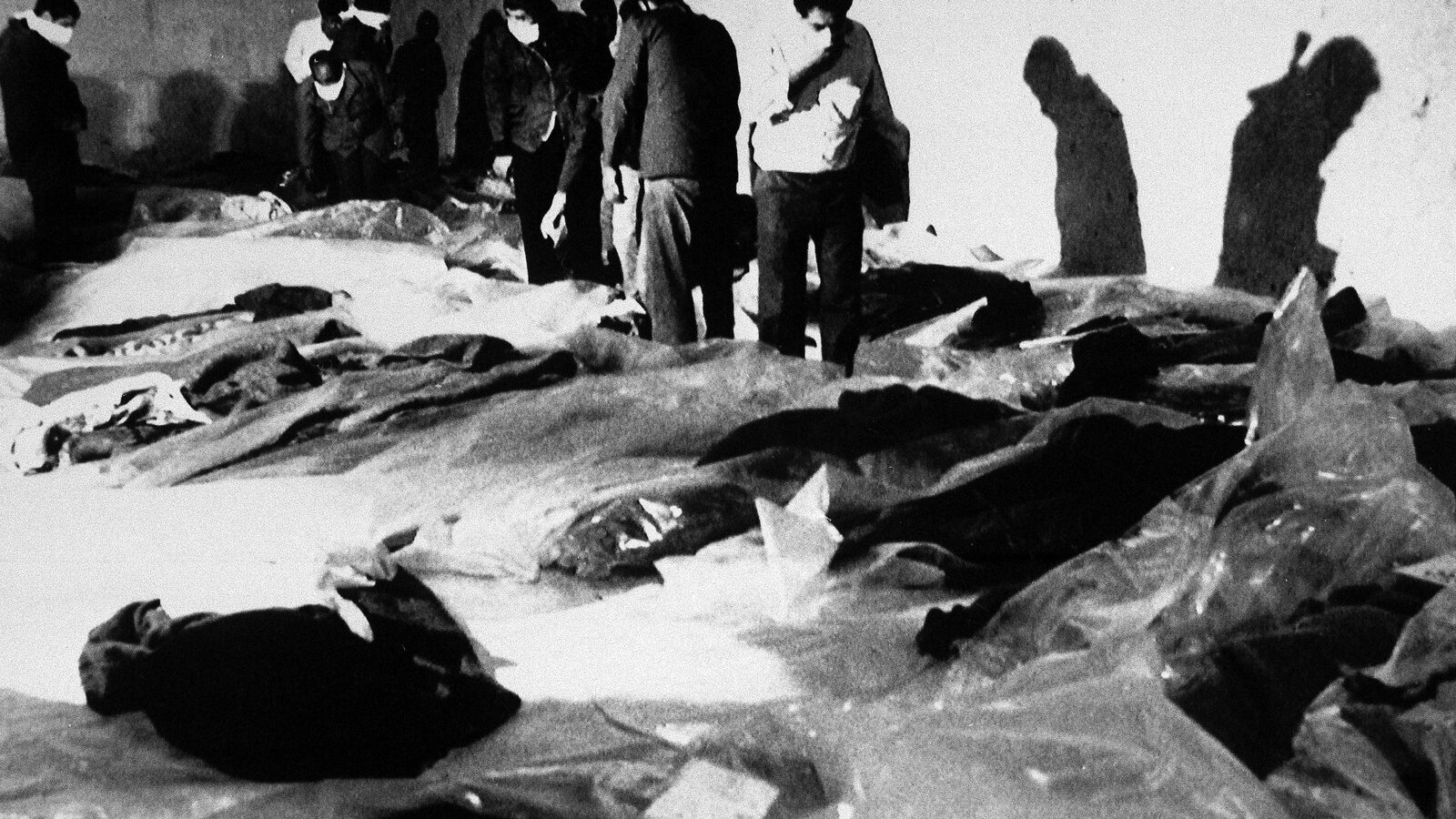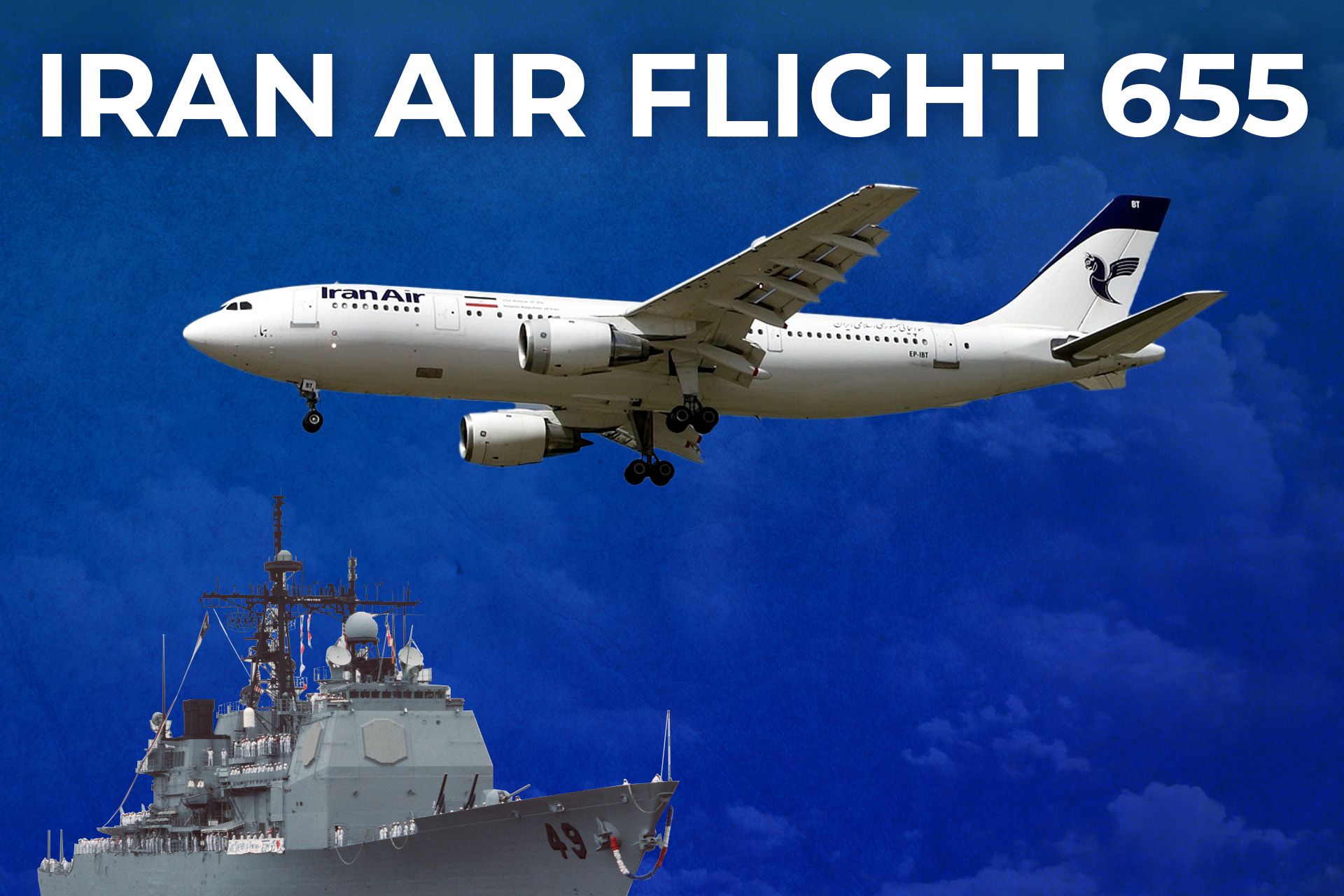Iran Air Flight 655: The 1988 Tragedy Over The Persian Gulf
On July 3, 1988, a seemingly routine passenger flight from Tehran to Dubai turned into an unimaginable catastrophe, forever etched into the annals of aviation history. Iran Air Flight 655, a civilian Airbus A300, was tragically shot down over the Strait of Hormuz, an incident that claimed the lives of all 290 individuals on board, including 66 children. This event, born from the volatile backdrop of the Iran-Iraq War, remains a somber reminder of the devastating consequences when civilian operations intersect with military conflict.
The downing of Iran Air Flight 655 by the USS Vincennes, a United States Navy guided missile cruiser, sparked immediate international outrage and a complex web of geopolitical tensions. While the U.S. maintained the incident was a tragic accident, a result of misidentification in a combat zone, Iran condemned it as a deliberate act of aggression. Understanding the nuances of this disaster requires delving into the circumstances leading up to it, the events of that fateful day, and the lasting impact it had on international relations and the families of the victims.
Table of Contents
- The Volatile Persian Gulf: Background to the 1988 Iran Flight
- The USS Vincennes: A High-Tech Presence
- The Fateful Morning of July 3, 1988
- The Downing: A Catastrophic Moment
- Immediate Aftermath and International Reactions
- Investigations and Findings into the 1988 Iran Flight Tragedy
- Lessons Learned and Preventing Future Tragedies
- The Enduring Legacy of Iran Air Flight 655
The Volatile Persian Gulf: Background to the 1988 Iran Flight
To fully grasp the tragic circumstances surrounding Iran Air Flight 655, it's essential to understand the geopolitical powder keg that was the Persian Gulf in the late 1980s. The region was embroiled in the brutal Iran-Iraq War, a conflict that had raged since 1980. By 1988, the war had spilled into the vital shipping lanes of the Persian Gulf, particularly the Strait of Hormuz, a narrow choke point through which a significant portion of the world's oil supply passes. Both Iran and Iraq targeted each other's oil tankers, leading to what became known as the "Tanker War." This escalation prompted international intervention, with several navies, including the United States, deploying forces to protect neutral shipping. The U.S. presence was primarily focused on safeguarding Kuwaiti oil tankers, ensuring the free flow of commerce in an increasingly dangerous environment. The air and sea were thick with military activity, creating a highly charged and unpredictable operational theatre. This complex and hostile environment set the stage for the tragic miscalculation that would lead to the downing of Iran Air Flight 655.
- Current President Of Iran
- Tv Shows With Vivian Dsena
- Hopscotch San Antonio
- What Continent Is Iran In
- Island Kish Iran
The "Tanker War" itself was a brutal extension of the broader Iran-Iraq conflict. Mines were laid, and missile attacks on shipping became commonplace. This made navigation through the Strait of Hormuz exceptionally hazardous, even for non-combatant vessels. Naval forces from various countries, including the United States, were deployed to ensure the safety of their flagged ships and to maintain the global oil supply. The U.S. Navy’s Operation Earnest Will was a direct response to these threats, involving the escort of reflagged Kuwaiti tankers. This constant state of alert, combined with the inherent challenges of distinguishing between hostile and neutral vessels, created an environment where split-second decisions under immense pressure were the norm. It was within this highly militarized and tense context that the fateful events of July 3, 1988, unfolded, tragically illustrating that "history shows that the civil airline industry and military conflict do not mix."
The USS Vincennes: A High-Tech Presence
The USS Vincennes, an Aegis-class guided missile cruiser, represented the cutting edge of naval technology in the late 1980s. Equipped with the sophisticated Aegis Combat System, it boasted advanced radar and computer systems designed for rapid threat assessment and engagement, capable of tracking hundreds of targets simultaneously. This gave it an unparalleled ability to detect and respond to potential threats in a complex air and sea environment. Deployed to the Persian Gulf as part of Operation Earnest Will, its mission was to protect U.S. interests and shipping, a task made increasingly difficult by the ongoing Iran-Iraq War. The vessel’s commanding officer, Captain William C. Rogers III, was known for his assertive command style, a trait that some later criticized as contributing to the incident, while others defended it as necessary for operating in a hostile zone.
On July 3, 1988, the Vincennes was already engaged in a tense situation. It had responded to Iranian gunboats that had attacked a Pakistani merchant vessel and were threatening the USS Sides, another U.S. Navy frigate. The Vincennes had previously been involved in several skirmishes with Iranian forces, and its crew was operating under significant stress. The Aegis system, while powerful, was also complex, and its operators were dealing with a cluttered radar picture, compounded by the psychological pressures of an active combat scenario. The ship's crew was on high alert, primed to react to any perceived threat. This intense operational environment, where every radar blip could signify danger, created a backdrop where misinterpretation, even of the most advanced data, became a tragic possibility. The advanced capabilities of the Vincennes, paradoxically, may have contributed to a false sense of certainty in a rapidly evolving and chaotic situation, setting the stage for the devastating misidentification of Iran Air Flight 655.
The Fateful Morning of July 3, 1988
The morning of July 3, 1988, began like many others in the Persian Gulf, with military vessels patrolling and civilian aircraft traversing established air corridors. However, the underlying tension of the Iran-Iraq War meant that normalcy could quickly dissolve into crisis. The USS Vincennes was already engaged in defensive actions against Iranian gunboats, adding to the chaotic atmosphere. It was into this fraught environment that Iran Air Flight 655, a routine commercial flight, entered the scene, unknowingly heading towards a tragic rendezvous. The combination of high alert, active combat, and the inherent complexities of distinguishing between military and civilian targets in a dense operational area created a perfect storm for misjudgment.
Iran Air Flight 655 Takes to the Skies
Iran Air Flight 655 was an Iran Air passenger flight from Tehran to Dubai, a popular travel destination for Iranians. On this particular day, the Airbus A300, carrying 290 people, including 66 children, had originated from Tehran and made a scheduled stop at Bandar Abbas International Airport. Bandar Abbas is a dual-use airfield, meaning it serves both civilian and military aircraft. The plane, later identified as Iran Air Flight 655, took off from Bandar Abbas at 10:17 AM local time, following its designated commercial flight path, which would take it over the Strait of Hormuz and into Dubai. The flight was operating within Iranian airspace, over Iran’s territorial waters in the Persian Gulf. Civilian aircraft typically transmit specific identification signals via their transponders, indicating their flight number, altitude, and type. The Vincennes detected Iran Air 655 just after it took off, about 47 nautical miles from the cruiser, and began tracking it.
The civilian flight path for Iran Air Flight 655 was well-established and routinely used. The aircraft's transponder was broadcasting on Mode III, a standard civilian code, which should have clearly identified it as a commercial airliner. However, the radar operators on the Vincennes were also receiving a Mode II signal, typically used by military aircraft. This conflicting information, later attributed to either a malfunction or misinterpretation, played a critical role in the unfolding tragedy. The aircraft was ascending, as expected of a commercial flight taking off, but some on the Vincennes interpreted this as a diving maneuver, consistent with an attack profile. This contradictory data, coupled with the extreme stress of the combat situation, created a dangerous ambiguity that ultimately led to the catastrophic decision.
The Critical Misidentification on the USS Vincennes
The heart of the tragedy lies in the critical misidentification of Iran Air Flight 655. On board the USS Vincennes, the crew was under immense pressure. Their radar systems detected the approaching aircraft. However, due to a combination of factors – including the stress of active combat, the limitations of the Aegis system in a cluttered environment, and human error in interpreting data – the civilian airliner was incorrectly identified as an Iranian F-14 fighter jet. Reports from the Vincennes indicated conflicting information: some crew members believed the aircraft was descending, a characteristic of an attacking fighter, while others noted it was ascending, consistent with a commercial takeoff. Furthermore, the aircraft's transponder signal, which should have clearly identified it as a civilian plane, was misinterpreted or overlooked amidst the chaos. The "witness to Iran Flight
- Mt Bank Stadium
- Katie Hanson Survivor
- Pink Mosque Iran
- Israelattacksiran
- When Israel Will Attack Iran

Home - Iran 1988 Massacre

Iran Air Flight 655 1988 - MintPress News

34 Years Ago Today: The Shootdown Of Iran Air Flight 655